COP15 ended with a hug biodiversity agreement, but will it succeed? Well that it is a hard question to answer, but I thought that 3 months after its signing, it would be worth returning to it and looking at what was promised!


Wildlife and conservation new, wild travel information and links for booking
COP15 ended with a hug biodiversity agreement, but will it succeed? Well that it is a hard question to answer, but I thought that 3 months after its signing, it would be worth returning to it and looking at what was promised!

A study in Oxfordshire last year, looked at how much carbon was locked away in 1000 trees. This study showed that old trees are more important than we thought, with them storing as much as twice as much carbon initially estimated.
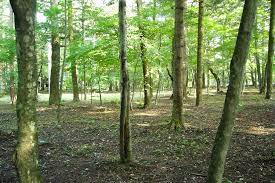
Why is this important?
Simple!
It shows that the destruction of the rainforest in Africa, Asia, and South America, cannot be offset by planting a similar number of trees in the north. Even worse, if the UK government decides to build a motorway that requires clearing an ancient woodland, replacing the trees one for one is not good enough.
This must rapidly be added to calculations
Ocelots are often thought of as relatively exotic animal. Looking like a small leopard or Jaguar, this is not particularly surprising. Never-the-less, like their bigger cousin, the jaguar, they are a native cat of the USA.
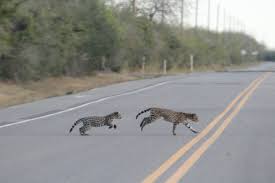
Road deaths are a significant problem, as with a total population not thought to number more than 60-80, 8 were lost in under a year (2015-2016). Texas has created 27 wildlife crossings, with many in Ocelot areas, but clearly more are needed, along with driver education.
Perhaps more unhelpful, as Ocelots are largely nocturnal, they are usually crossing the road when hardest to see. Once relatively common in the southern USA, just 1% of its optimal habitat remains, and this is criss-crossed by road.
While few animals have been completely exterminated from north America in the last 300 years there are a few on the brink.
One such animal is the Jaguar.
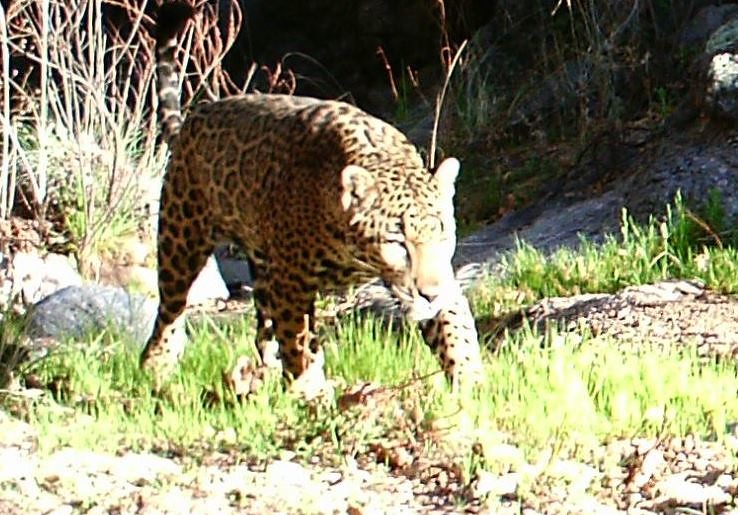
The last known Jaguar roams the Rocky lands of Southern Arizona and is called Sombra. The last known female was shot 60 years ago this year. Conservationists are calling for Jaguars to be reintroduced into the Gila national forest, a 3 million acre wilderness in New Mexico, along with protection for millions more acres which Sombra currently roams.
Continue reading “Returning Jaguars to the USA”Unfortunately these 3 activities appear to be most responsible for collapse or incredible pressure on ecosystems across the globe.
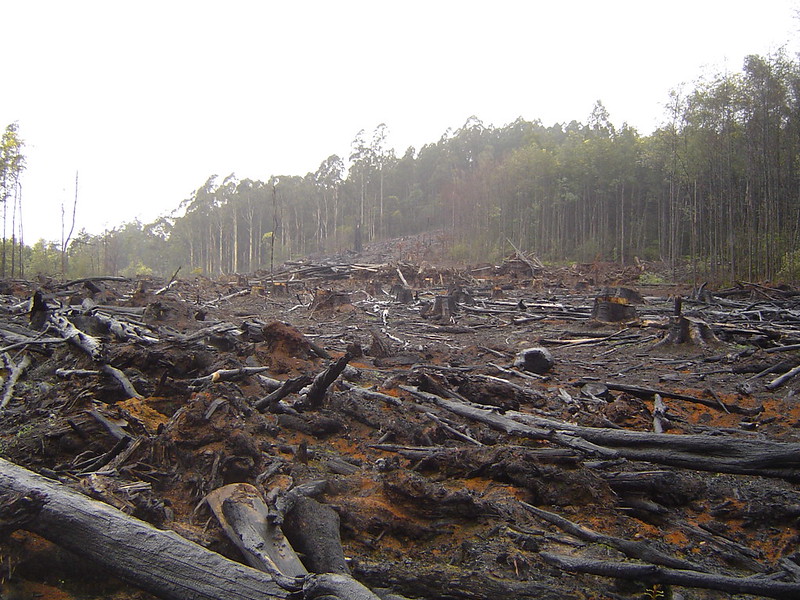
One proposal, is named as half earth. The idea is to set aside half of the land on earth as a human-free nature reserve in order to preserve biodiversity, proposed by Eo Wilson.
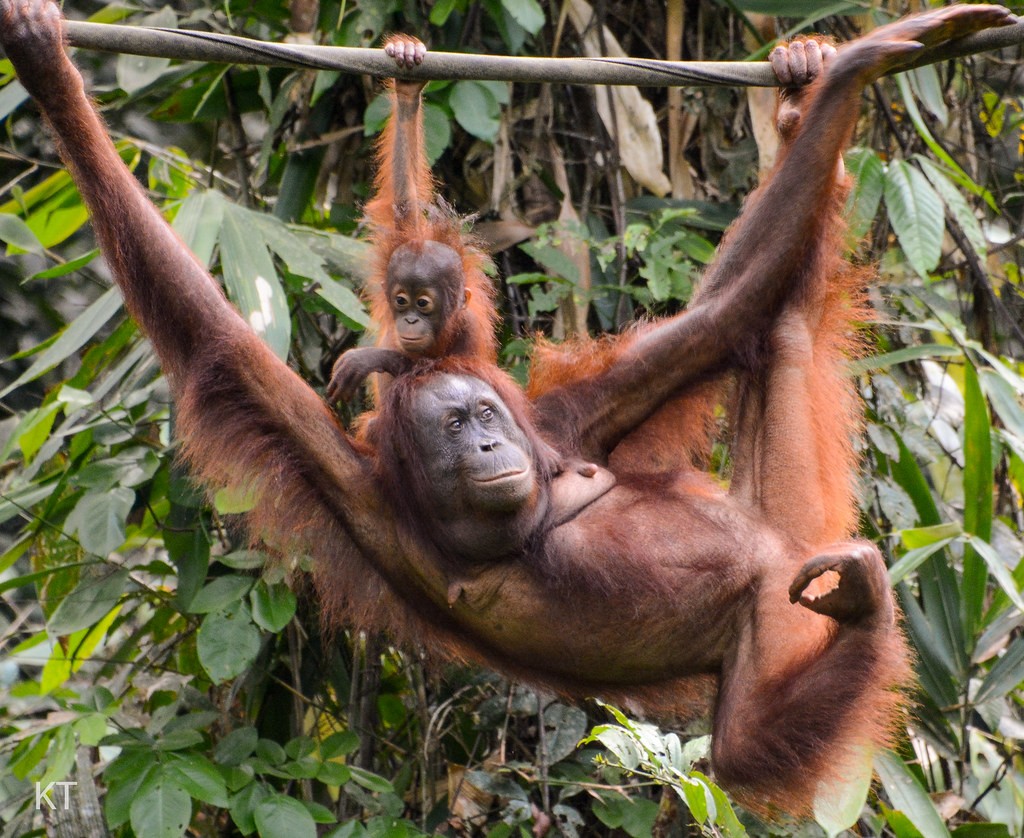
Wolf numbers have increased by 1800% since the 1970s with a total of over 17,000 now inhabiting the continent. Bears started from a less precarious place, but have still increased by 44% over the same period
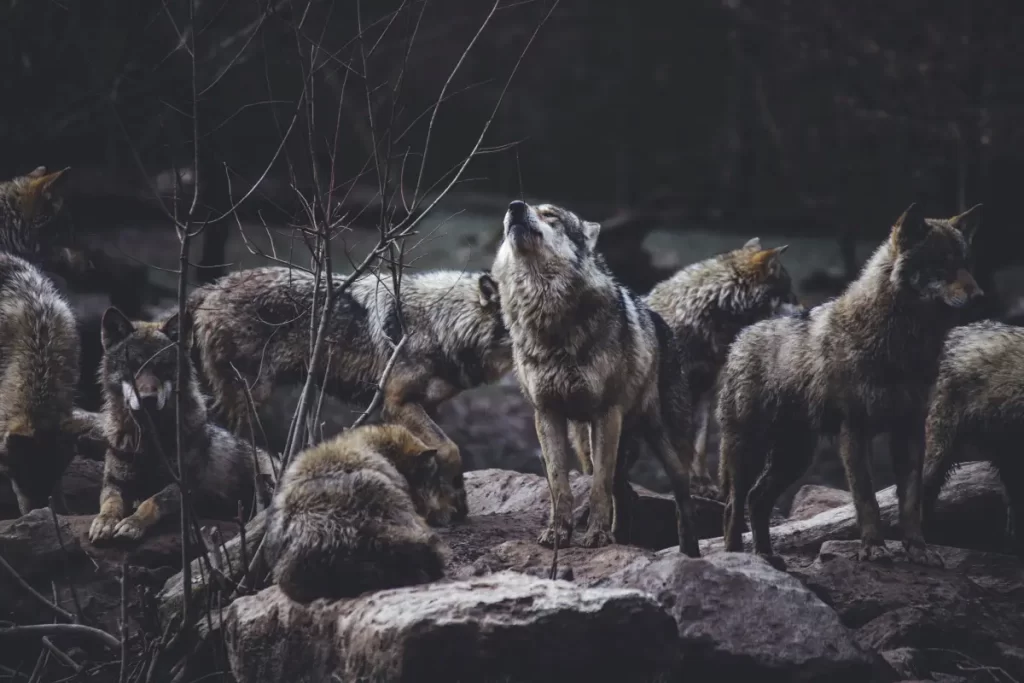
Among herbivores, beavers are one of the big success story (and unlike many of the others are living in the UK once again in large numbers in a series of populations from Devon right up to Scotland.
Hippopotamus populations have declined by 30-50% over the last decade. This is an animal which is moving fast in the direction of extinction, yet despite a plea from 10 african countries (Benin, Burkina Faso, Central African Republic, Gabon, Guinea, Liberia, Mali, Niger, Senegal and Togo) to move them to appendix 1 has been blocked.
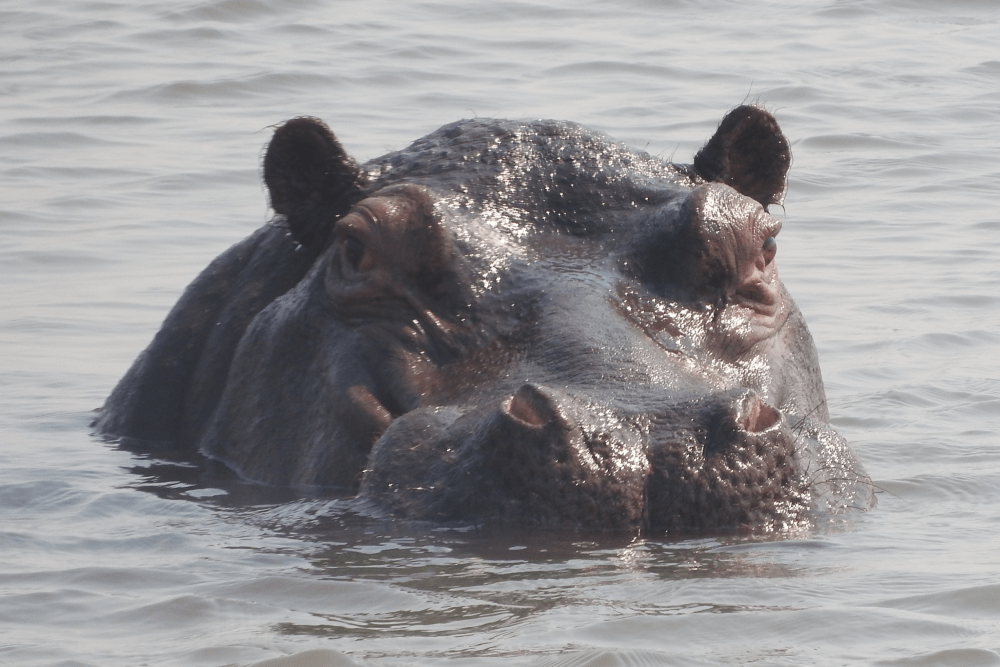
Under the Biden administration in the USA, science is not ignored. There were a handful of animals that were listed as endangered in the rest of the world, but the listing was not changed in the USA because of the political impact. Thankfully, that time is at least over at the current time. The Emperor penguins are obviously threatened by global warming given there uses of extreme areas of the Antarctic.
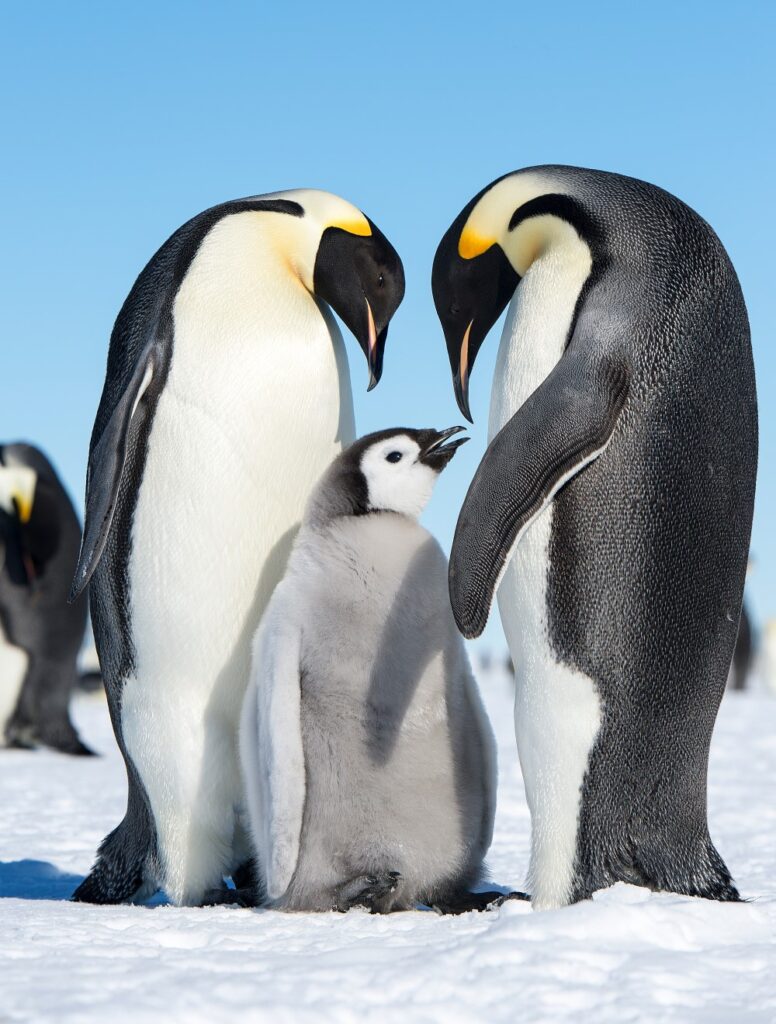
The population that was filmed for the popular film “March of the Penguin” has halved in size in the last 50 years. These sorts of issues are predicted to lead to a 99% reduction in population by the end of the century, should these changes not lead to the total extinction.
Vertical farming is a new concept. By growing crops indoors under lights, the crops grow far faster and so can be harvested multiple times a year. Furthermore, by using artificial lights it is possible to have many layers of food.
